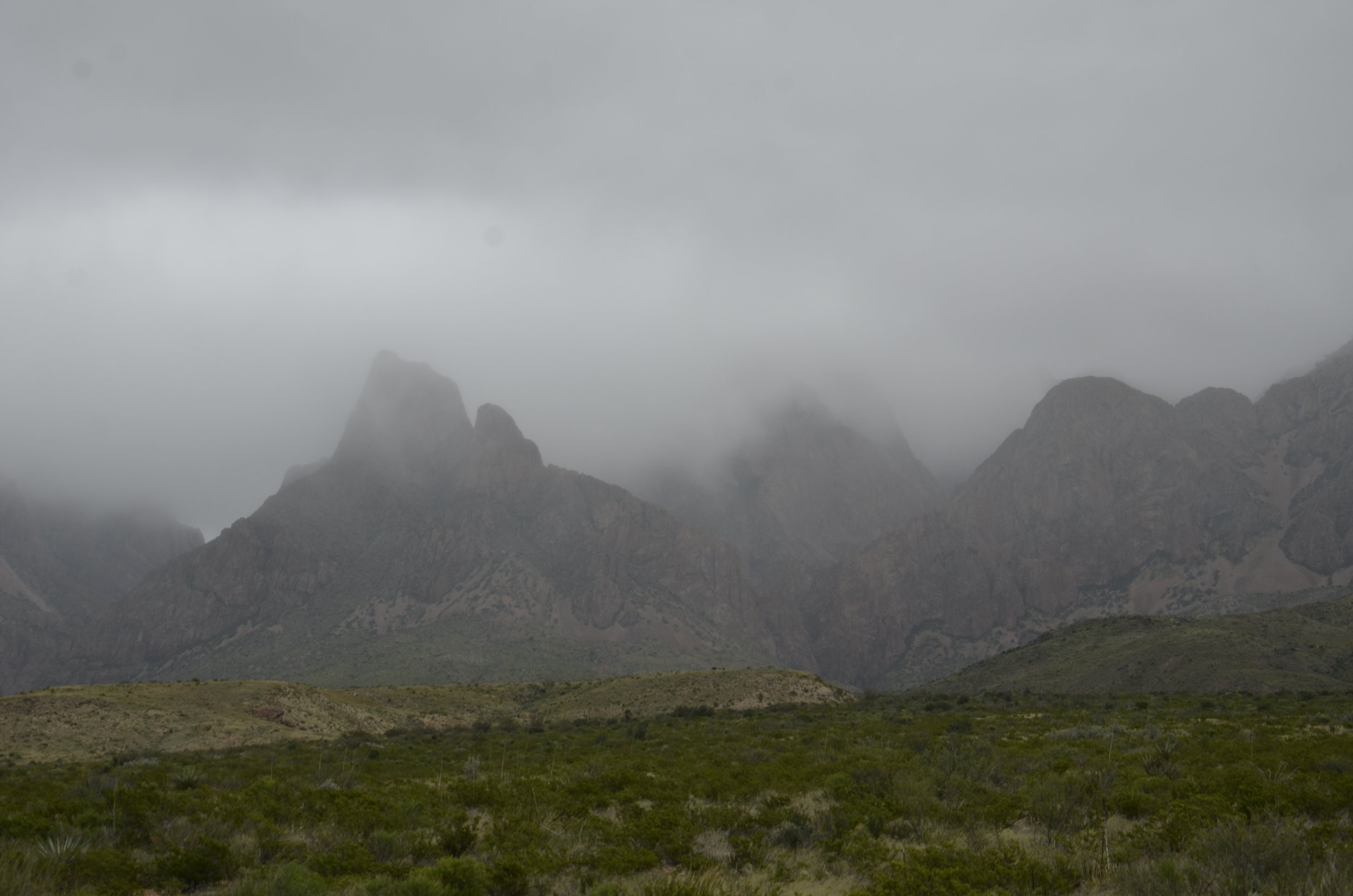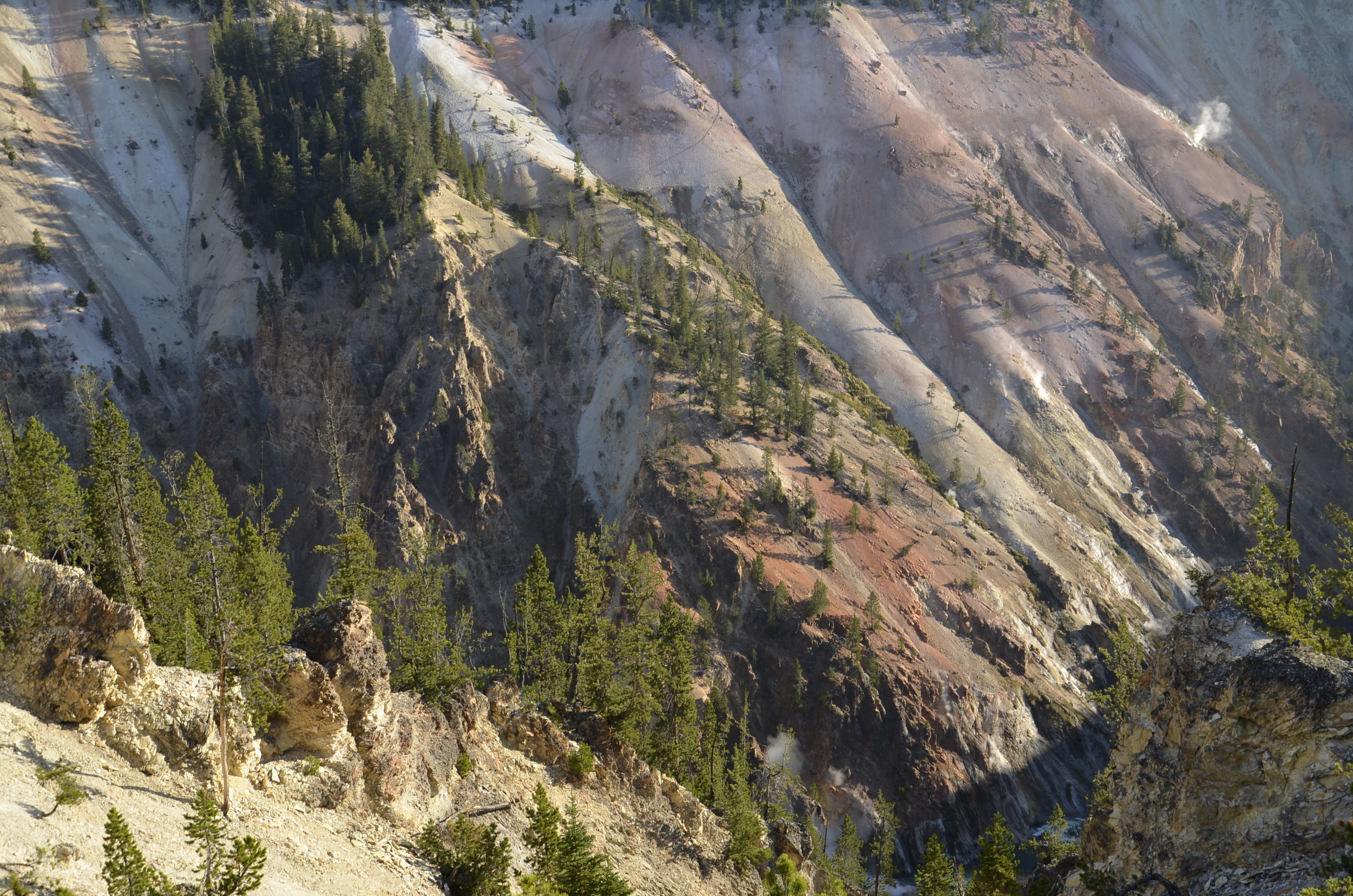Rome revisited
On our second stay in Rome, we stayed at an Airbnb near the Vatican. [Our first stay was somewhat near the Colosseum in the southern part of the city.] Vatican City is its own country within Rome and has ancient walls surrounding it.
This picture was taken from the top of St. Peter’s Basilica, showing the greenness of Vatican City and the walls keeping the green in from the rest of Rome (about 1/4 down from the top of the picture).
We actually began our second Rome adventure by taking a special tour of the Vatican Museums at 0600 called “Opening up the Vatican”. This group of 18 tourists followed around the “key keepers” of the Vatican Museums as they unlocked doors and gates and turned on the lights. [Steve dropped the ball and didn’t get a picture of me opening one of the doors.]
Just one of the many doors we opened:
When the lights came on in the “Map Room”, it took your breath away (be patient for the first 10 sec of the video).
This room was just amazing, and almost more mesmerizing than the Sistine Chapel.
Speaking of which - we had 20 minutes, just the 18 of us, alone in the Sistine Chapel, and were allowed to take all the pictures we wanted. This is just not granted when the masses come streaming in. You are forbidden to take pictures here, and the staff even have people delete pictures off their phones and cameras, if they catch you doing it (but everyone still does, surreptitiously). This ceiling is so busy that it’s nearly impossible to take in all of what’s going on, in one sitting.
This is “just” the 5 center panels:
You can enlarge the picture to see more details. I was almost more enamored of the Sibyls along the sides because of their vivid colors and flowing robes.
Even though the Creation of Adam is probably the best known panel, I liked the “Downfall of Adam and Eve” better (because of the snake lady around the tree).
Probably the crowning glory is The Last Judgment on the altar wall. We had our guide take our picture in front of it (since everybody else was too).
My favorite part was the side where the damned were being pulled down to Hell. The poor guy with his head in his hand looks to be thinking “why did I …?” The skin hanging near the top left is said to be Michelangelo’s self portrait. The skin is held by St. Bartholomew, who usually is depicted with a knife and a human skin, showing how he was killed.
In reviewing all my pictures, I found that I didn’t get a full picture of this fresco. The best way to see it in all its gory glory and busyness is enlarging the one taken of us by our guide.
It was pretty cool to see the city coming to life as we passed various windows and doors.
After the private tour, we went back through the Vatican Museums with the throngs of tourists (and this was low season) to spend more time trying to take in just a fraction of the collection of paintings, sculptures and artifacts that have been amassed by the Church over the past two millennia.
We were also able to enter St. Peter’s Basilica through a “secret” door, bypassing the lines at security out in the Square. Wow. The sheer size and height of the interior was truly jaw dropping.
The baldachin (66 ft high) over the altar is supposed to mediate between the height of the dome directly over it and the human scale of those saying Mass.
Of course we took the opportunity to climb up the dome. By this point, we had already been on our feet for 6 hours, so we took the elevator part way up, saving about 300 steps, but we came down the entire 551 on the way out. The first picture in this post was taken from the dome. It was too bad that the weather didn’t cooperate, but the views over the city were still pretty awe inspiring.
[We thought it quite ironic (and humorous) that a (pagan) Christmas tree was being erected near the Egyptian obelisk in the center of St. Peter’s Square.]
The sun finally came back on our last morning in Rome:
I’ll close with one last Michelangelo sculpture, the Pieta. Even though it’s not “of this season”, the quiet beauty is very thought provoking. Here’s wishing you and yours a blessed Christmas.





























































































































































































































































































